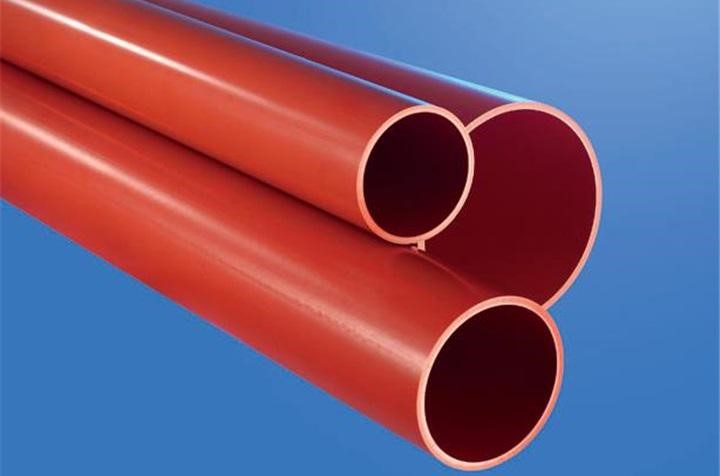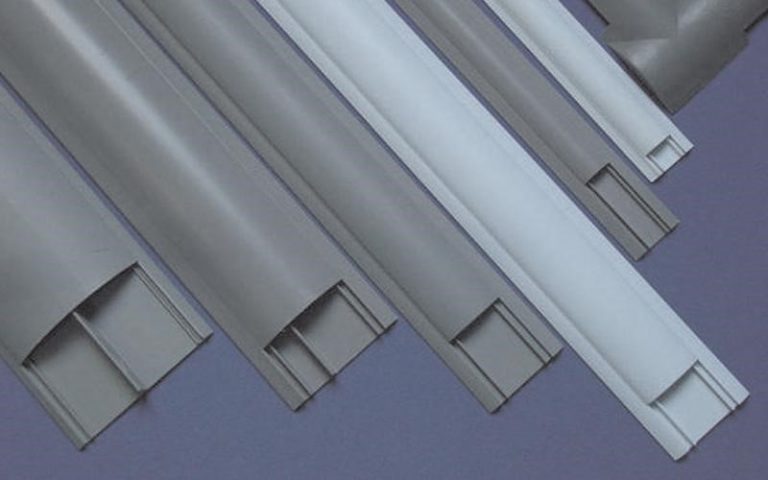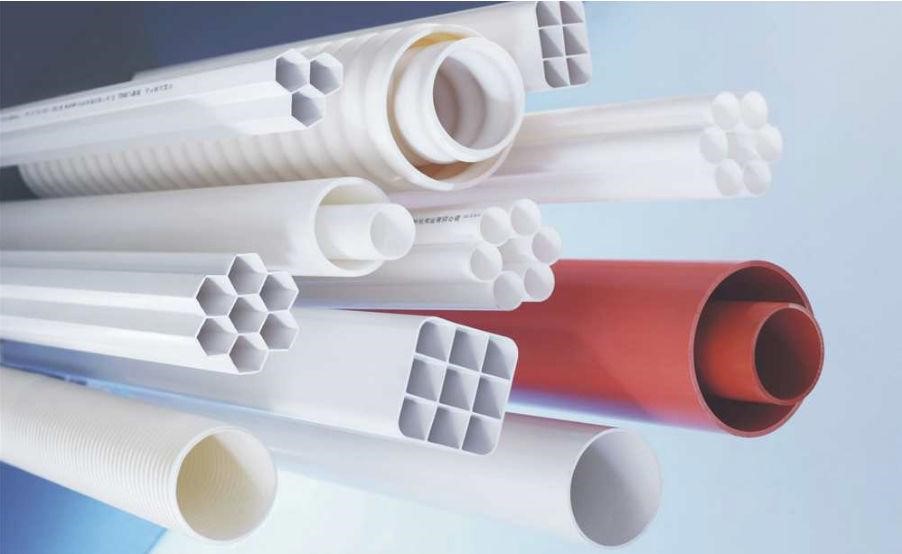Power utility cables are designed to provide operators with data on what is happening in the power network, with minimal concerns about cybersecurity. Unfortunately, once the wires and cables are damaged and corroded, it will cause economic and data loss.This is not surprising, considering how minimal thought was put into protecting the power utility network and cables in their original design phase.
However, the advancement of technology has also introduced solutions for this issue. Below is a guide on how to protect power and communication cables.
What is the Material for the Power and Communication Cable?
Copper is often regarded as the standard material in designing power and communication cables. The other main alternative would be silver, but copper is far more easily available and economical.
Copper is usually tinned or plated if it is intended to be soldered. Since silver is substantially more expensive than copper, it is commonly used as a coating for copper so as to improve skin conductivity and provide added protection against corrosion in cables.
In a nutshell, copper is used to make electrical power and communication cables. This is because it:
- Has high conductivity
- Is inexpensive
- Has a high ductility
- Is thermal resistant
How Important Is It to Protect Cables?
Since Power and Communication Cables are widely used in urban construction, the protection of such assets is a problem that cannot be ignored. If they are protected properly, it will help improve the information stability and smoothness of a city and reduce the construction of public construction cost.
Though it may be easy to install your cables and not think twice about them, protecting cables is necessary to ensure their integrity, safety, and performance.


Taking care of your cables also means prolonged cable durability and potentially avoiding any issues that could surprise you before you realize what is happening.
The dangers of not properly protecting your cables range from safety concerns to loss of revenue. Moreover, protecting your cables using a cable protection pipe reduces electrical noises and reduces electromagnetic radiation.
Protecting your cables also protects machinery and people in the surrounding areas. Risk and reward is a relatively real concept in business. However, when it comes to protecting your cables, it is always better to be on the safer side.
How to Protect Cables
Cable management is a vital part of your business. You ought to plan on how to protect your assets to ensure durability and efficiency. Below are some crucial solutions for protecting your cables including a cable for communication protecting pipe.
1. Understand Your Limits
Ensure you do not overfill cable management devices like cable trays. Surpassing the maximum capacity (limit) exposes you to risks of cable damage, crosstalk, or insulation damage. Moreover, you run the risk of overheating and potential fire if you are managing power cables.
Ensure at all times that you are using the proper cable length. Using more than enough could potentially lead to cable damage.
2. Avoid Overtightening Cable Ties
There are effective ways to organize your cables and cable ties regardless of the cable material. For starters, do no overtighten your cable ties. You will be risking the cable insulation, which further leads to safety risks.
Overtightened cables hinder signals from traveling properly via the cables. The result is poor performance and effectiveness of your devices.
3. Respect the Radius
Every cable has a bend radius beyond which the signal starts to fluctuate. When it comes to network cables, this can have a significant impact on business productivity. Overbending the cable radius for a long time often leads to cable damage. The result is affected functionality and regular repairs or replacements, which are costly.
4. Secure Your Pass-throughs
In some instances, for example, during installations, you may have to make holes and pass-throughs in server containers, furniture, or any item to allow cables to pass through.
Ensure you use a grommet, especially when you pass cables via plastic, metal, or wood items. Oftentimes, the holes can have sharp or rough edges that damage your cables or the cable insulation.
5. Use Protection Pipes
You can also use a protective pipe to keep your cable insulation in place and avoid potential damages.


What Kind of Pipes Are Suitable for Protecting Cables?
High-density Polyethylene (HDPE) conduit is the most suitable material to protect communication and power cables underground. It provides unrivaled corrosion and chemical resistance. Moreover, it is flexible, durable, and available in long coil lengths to minimize installation time and joints.
HDPE Cable Protection Pipes
At the very basic, it is necessary to protect your power and communication cables from any potential risks. When installing your cables, you also require additional protection against cable bundles and inside buildings, regardless of the installation location.
When installing your cables, you need a flexible electrical conduit, that is light, long, and easily bendable synthetic resin pipe. This helps to secure your cables and electrical wires.
What About a PVC Protective Pipe?
When an excavator digs into a surface, there is high risk of it damaging your cables. As such, you can also use an ultra-strong, lightweight PVC cable protection pipe. It can also protect your power and communication cables against excavation works and potential damages. It also protects your cables from underground influences.
The Benefits of using the PVC protective pipe for cables include:
- Easy installation
- Lightweight
- Optimal protection for all cables
Summary
Most cables are made from copper material. Some are also coated with silver for added strength and durability. Electrical conduits are used to protect your power and communication cables. Depending on your needs, you can have conduits made of fiber, metal, or plastic that are either flexible or rigid to protect your electrical wiring.
There are basic steps you could take to protect your cables such as not overtightening your cables. However, using cable protection pipes adds a more solid and dependable layer of protection to your cable systems.
The LESSO’s Communication Pipe is one of the leading protection pipes courtesy of the China Lesso brand. It is a cable protection pipe that reinforces security for your cables. The pipes come in different designs to match different individual needs.
For the ultimate level of security and protection of your power and communication cables, the LESSO’s Communication Pipe offers durability and long-term preservation.
Recommend Reading


The Varieties of Electrical Conduits
Table of Contents If there is any development that has helped to change the way we live our lives, it’s the advent of electricity. Electricity


Ultimate Guide to Floor Heating Pipe
There are various heating systems used in homes, and floor heating is one of the best ways to heat your home. Floor heating can emit








